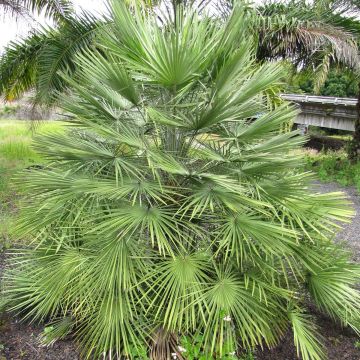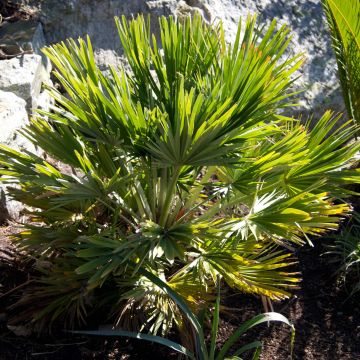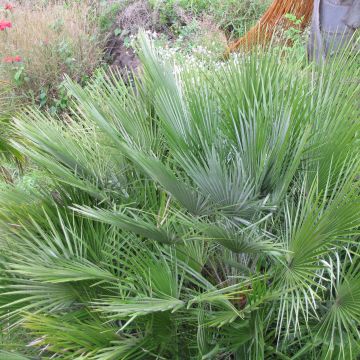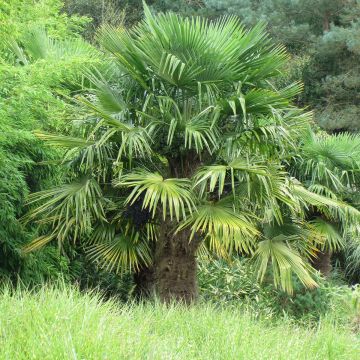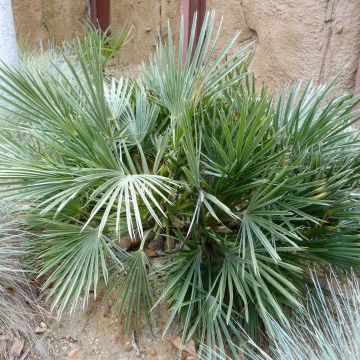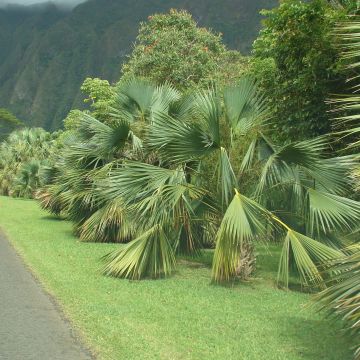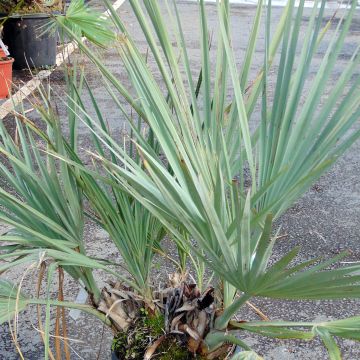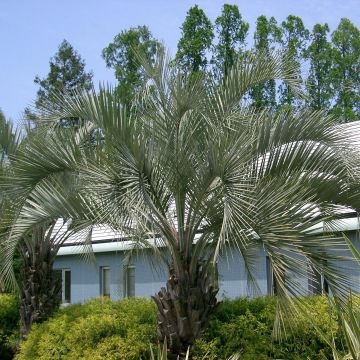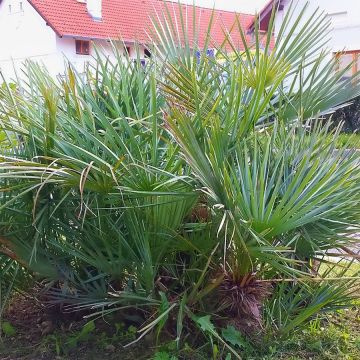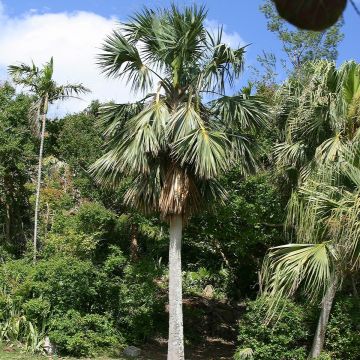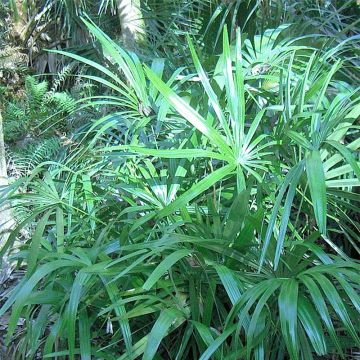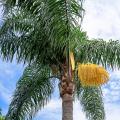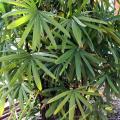Hardy palm trees
Does this plant fit my garden? Set up your Plantfit profile →
Available in 4 sizes
Available in 4 sizes
Available in 3 sizes
Available in 3 sizes
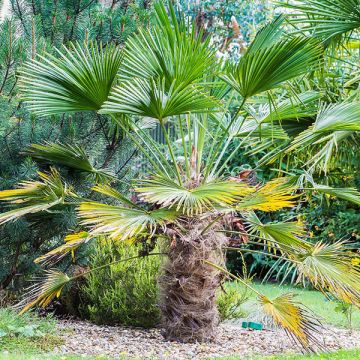
Available in 2 sizes
Available in 1 sizes
Available in 1 sizes
Available in 3 sizes
Available in 1 sizes
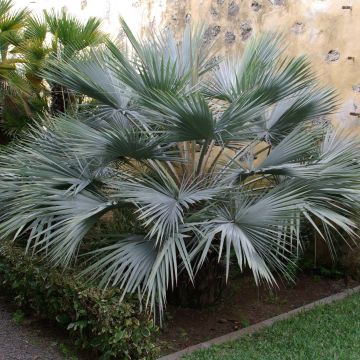
Available in 2 sizes
Available in 2 sizes
Available in 2 sizes
Available in 1 sizes
Available in 1 sizes
Available in 1 sizes
Which hardy palm tree should you choose for your garden? These plants, symbols of exoticism, belong to the family of Arecaceae, rich in more than 2500 species, among which several dozen, often originating from North America, are capable of withstanding our cold winters in open ground, even in northerly regions, as well as drought. The most well-known are called Trachycarpus, Chamaerops or Sabal. Did you know that Jubaea chilensis and the amazing Nannorrhops can withstand temperatures as low as -15°C, and that Brahea armata, a magnificent Blue Palm from Mexico, can endure -12°C? Enter the fascinating world of hardy palm trees! There is definitely one that will thrive in your garden, whether you live near the Mediterranean, on the shores of the North Sea, in the mountains, on a dry limestone plateau, in Brittany, or even in the Île-de-France region. Once you have made your choice, simply ensure that your young palm tree benefits from careful care during planting and effective winter protection during the first few years to ensure a good start.
Haven't found what you were looking for?








































